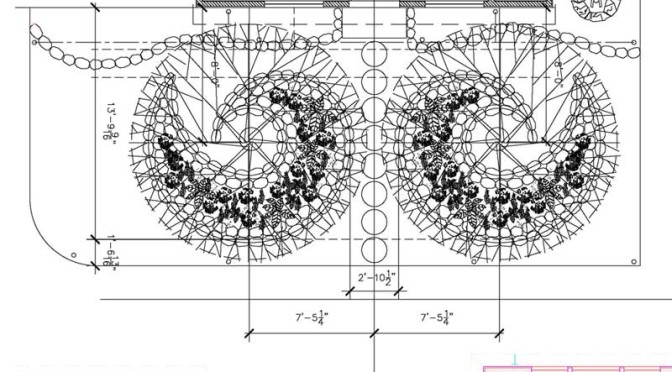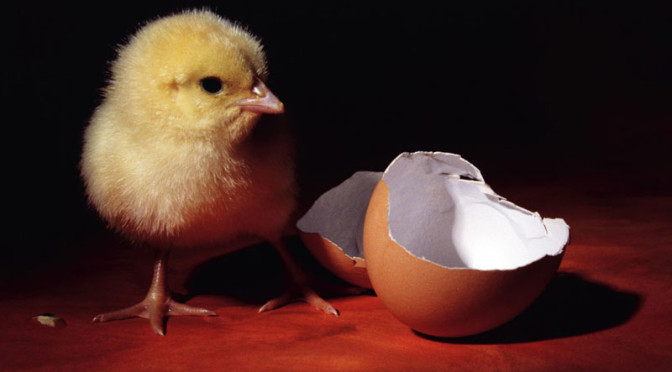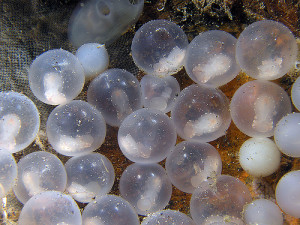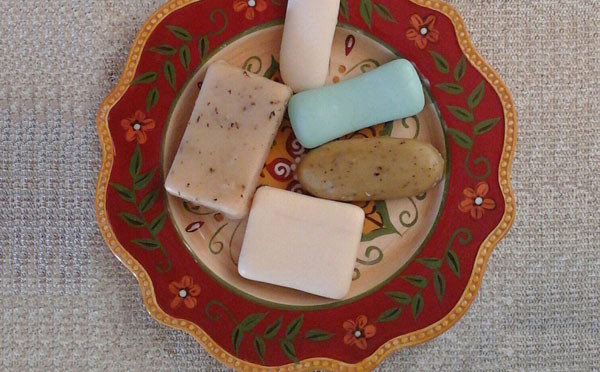U N D E R C O N S T R U C T I O N
Month: September 2015
What Came First, The Chicken Or The Egg?
Make A New Bar Of Soap
Making new bars of soap from old used bars of soap is very easy.
It is good for the planet, the wallet and an invigorating self satisfaction.
- Gather used bars of soap
- Gather molds that can take heat. Either non stick or spray them with vegetable oils
- Grate or cut the soap in small pieces
- Heat water, milk, tea or other preferred liquid in a pot
- Place soap shavings in the pot and simmer until fully melted
- Add oat meal, coffee, oils, coloring, aromas or anything you desire
- Stir all ingredients and then pour into molds
- Let dry for at least 24 hours prior to removal from molds
- Let the soap fully dry until it feels ready
- Enjoy your creation with pride
Similar topics are discussed in this post.
Saliva
Cleaning with saliva might sound disgusting yet those famous ‘spit shine’ words are true. Saliva contains natural mild proteins that make cleaning safe and easy.
It is so mild and efficient that it is used in museums throughout the world to clean famous paintings with no damage.
Saliva is also very efficient in healing wounds through its content of protein.
Featured image courtesy of astoundingminds.blogspot.com
Some Pasta Basics
Three brands worth mentioning are De Cecco, Ronzoni and Barilla.

De Cecco is the king of pasta which defines all else as a noodle. It is top of the line and widely preferred by chefs because it retains its ‘al dente’ firmness after removing from the fire.

Ronzoni is an excellent pasta from back east USA. It also retains its hardness and it is noticeably thicker.

Barilla being good quality pasta, is a little shy in retaining its ‘al dente’ properties and might be appealing to those who like their pasta a bit softer than al dente. Take Barilla off the fire al dente and it will keep on softening a little more, yet taste better than most other brands.
‘Pasta al dente’ in this case means semi hard.
Italians refer to pasta as ‘pastasciutta’, dry pasta, almost invariably served at lunch in numerous ways as a first course.
For the Italian dinner, pasta may also be the first course but served in soups such as tortellini in chicken broth, minestrone (big…heavier content soup), minestrina (little…light in content soup).
Pastina (tiny pasta) such as Stelline and Acini di Pepe are wonderful for delicate soups.
Pastina in chicken broth, is Dottor Mamma’s No. 1 prescription.
Tips:
- At the restaurant order al dente. In most cases this will ensure your pasta is cooked fresh.
- Never cook pasta by timing it but by taste.
- Buon appetito!





